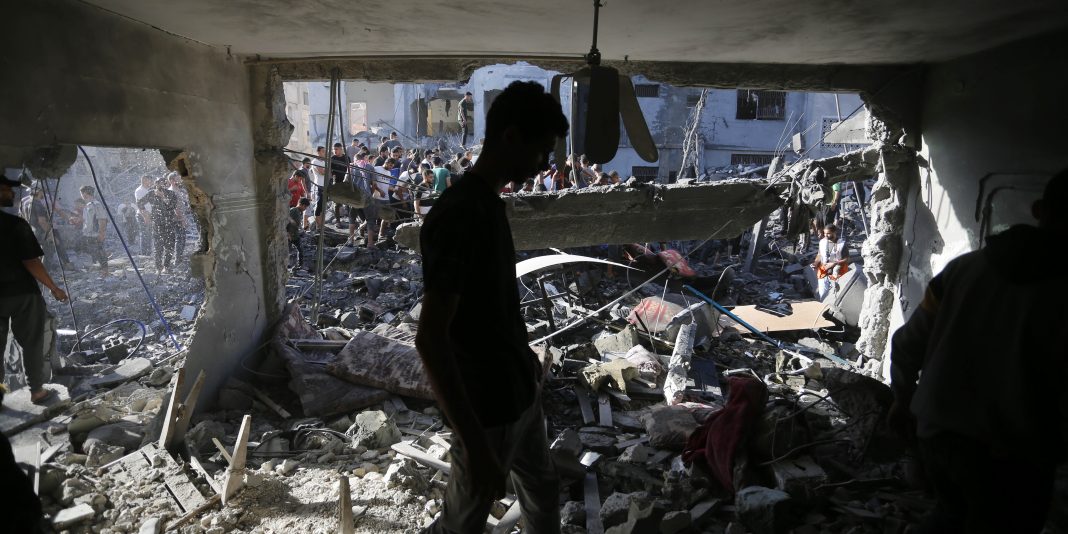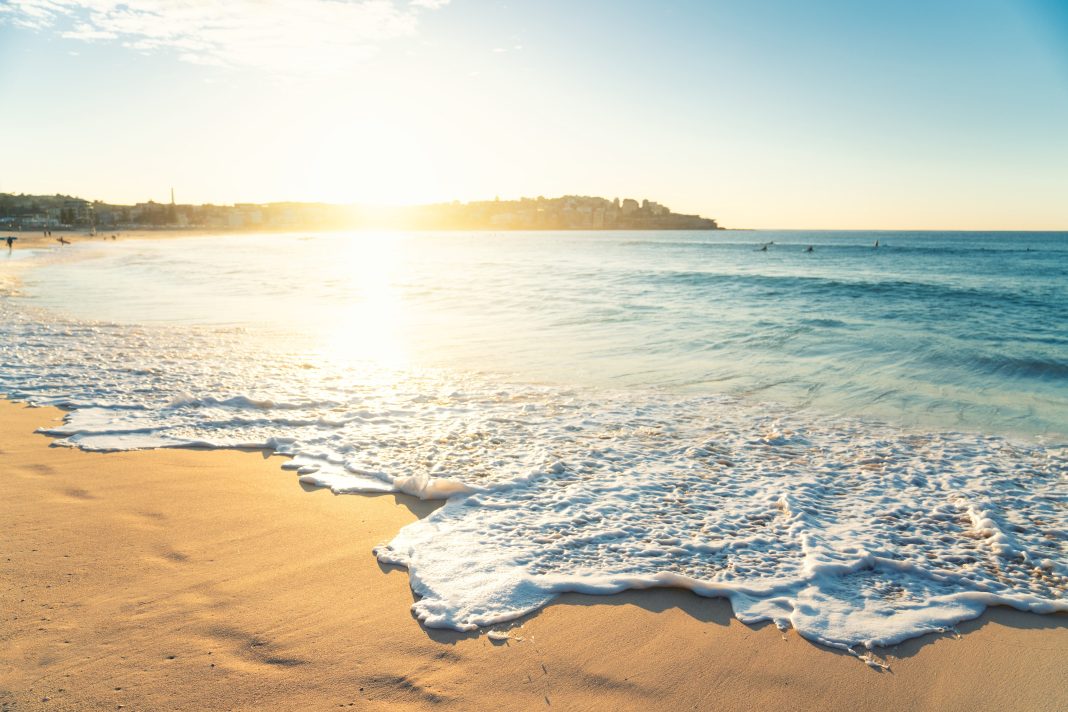Student protests against Israel’s war on Gaza have received significant attention from national news outlets, particularly focusing on elite coastal universities. However, there has been a lack of coverage regarding the crackdown on student protests at City College of New York and the University of California, Los Angeles. These working-class public universities faced harsher charges compared to their Ivy League counterparts. The media’s fixation on coastal universities has overshadowed the widespread protests that took place in the Rust Belt and Appalachian regions.
Protests for Gaza were held in 11 out of 13 states in the Appalachian region and in every state in the Rust Belt. It is important to note that many of the student protesters arrested hailed from inland schools. This narrative challenges the notion that student leaders involved in these protests are privileged and out of touch. In reality, students from working- and middle-class backgrounds have been at the forefront of protests at universities such as the University of Pittsburgh, Case Western Reserve University, and Ohio State University.
The focus on elite coastal universities has also diverted attention from the brutal police crackdowns and attacks on pro-Palestinian demonstrators. Students at over 50 schools faced militarized tanks, riot gear, tasers, and physical violence from law enforcement. The police response was often disproportionate and resulted in broken limbs and teeth for some protesters. Disparities in treatment were also observed between different campuses, as seen in the cases of City College and Columbia.
Violence against students in Rust Belt states has largely gone unrecognized. At Case Western Reserve, contractors hired to paint over a pro-Palestine mural sprayed paint directly onto student protesters who tried to block them. At Ohio State, police attacked a crowd of protesters during a Muslim prayer, reportedly choking and pushing students. These incidents highlight the need for greater recognition of the violence faced by students in these regions.
Critics of campus protests, including university administrators, have justified the police crackdowns by claiming that demonstrators violated student codes of conduct and created an unsafe environment for Jewish or pro-Israel students. However, these claims fail to acknowledge the violence inflicted upon the student protesters themselves. Jewish students have also been actively involved in the Gaza encampments, challenging the narrative that these protests are solely anti-Israel. The conflation of Israel with Jewish identity has made some Jewish students feel unsafe and misrepresented.
In conclusion, while the media has primarily focused on protests at elite coastal universities, it is crucial to recognize the breadth of student protests across the Rust Belt and Appalachia. These protests have been led by students from diverse backgrounds, challenging the notion that they are privileged and out of touch. The violent crackdowns on these protests have gone largely unrecognized, highlighting the need for greater attention and accountability. Additionally, the involvement of Jewish students in these protests challenges the assumption that they are solely anti-Israel, emphasizing the complexity of the issue.

